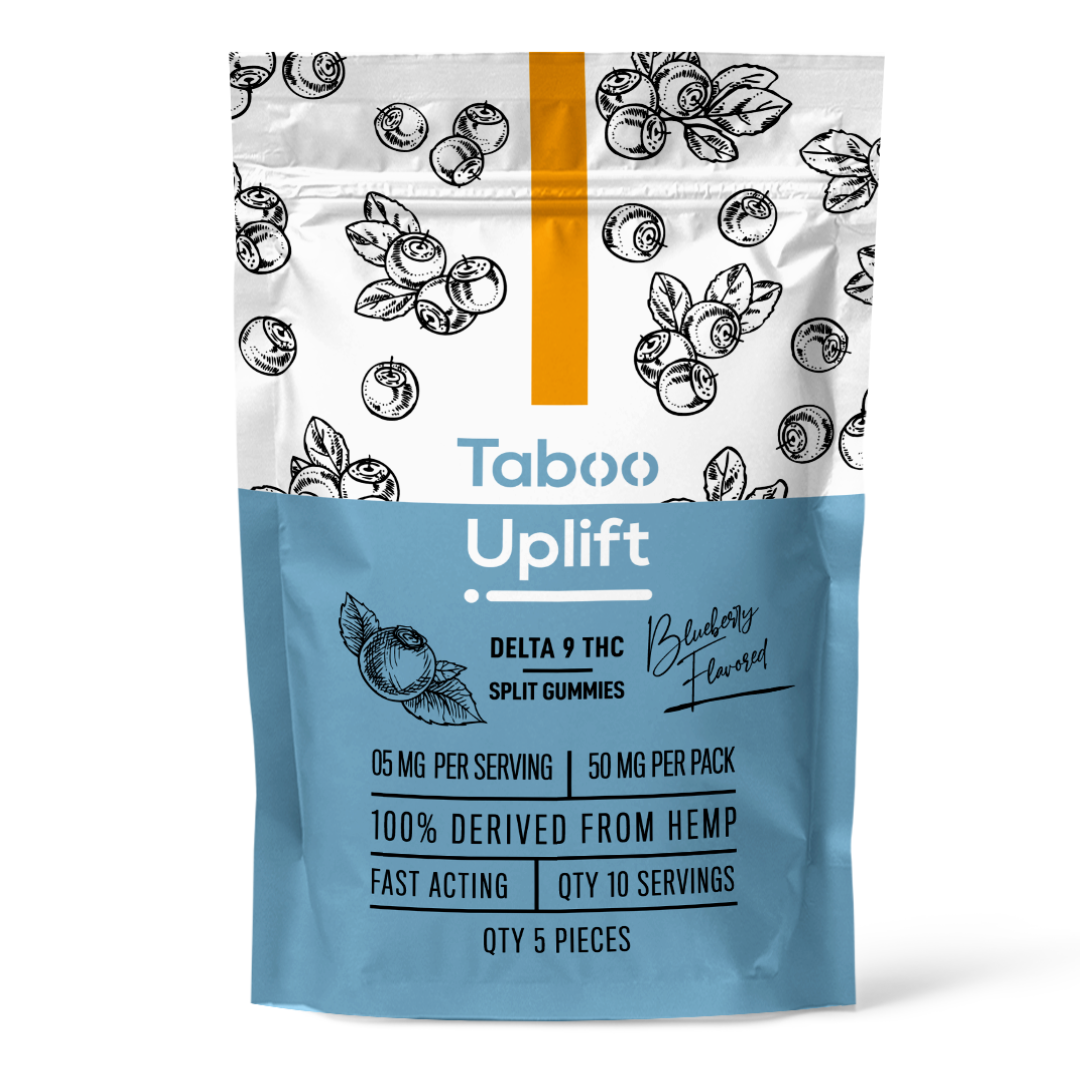Project reveals potential for green, low-cost housing.

3D printing with hemp could be the foundation of next-generation affordable housing if current research is one day embraced by the construction industry.
The US Department of Energy has awarded Texas A&M University $3.47 million to develop a concept for buildings that can be constructed from 3D-printed hempcrete. Hempcrete is a lightweight material made of the hemp plant’s woody core mixed with a lime-based binder.
The building designs will be printable on 3D printers, decreasing production costs, construction times and environmental impacts from construction waste. The structures will also meet modern design codes, making the designs more likely to be adopted by the construction industry.
The structures will meet modern design codes, making the designs more likely to be adopted by the construction industry.
The university’s goal is to design net carbon-negative buildings for residential and commercial use. Hempcrete is ideal because it’s energy efficient and more resilient to natural hazards than wood frame construction.
“Hempcrete has excellent fire resistance and thermal insulating properties that can reduce heating and cooling energy demands,” said project lead Petros Sideris, assistant professor at Texas A&M's Zachry Department of Civil and Environmental Engineering. “It is water-resistant and offers good acoustic properties.”
He added: “The advancements of this project will contribute to the U.S. maintaining its worldwide leadership in advanced construction methods and infrastructure sustainability and resilient technologies.”
“The advancements of this project will contribute to the U.S. maintaining its worldwide leadership in advanced construction methods and infrastructure sustainability and resilient technologies."
— Petros Sideris, assistant professor at Texas A&M's Zachry Department of Civil and Environmental Engineering
The funding is part of HESTIA (Harnessing Emissions into Structures Taking Inputs from the Atmosphere) a Department of Energy project that seeks to use buildings as carbon sinks.
In terms of production, hempcrete sequesters carbon as it grows and will biodegrade at the end of its useful life.
"While production of conventional construction materials such as concrete requires large amounts of energy and releases large amounts of CO2 (carbon dioxide), hempcrete is a net carbon-negative material, which can provide major environmental benefits," Sideris said.
The project grant was one of 18 the U.S. Department of Energy announced in June as part of the HESTIA program. The DOE’s Advanced Research Projects Agency-Energy awarded a total of $39 million to teams developing technologies to transform buildings into carbon storage structures.
“There’s huge, untapped potential in reimagining building materials and construction techniques as carbon sinks that support a cleaner atmosphere and advance President Biden’s national climate goals,” U.S. Secretary of Energy Jennifer M. Granholm said of the awards. “This is a unique opportunity for researchers to advance clean energy materials to tackle one of the hardest to decarbonize sectors that is responsible for roughly 10% of total annual emissions in the United States.”
“There’s huge, untapped potential in reimagining building materials and construction techniques as carbon sinks that support a cleaner atmosphere.”
— US Secretary of Energy Jennifer M. Granholm
Other projects funded include:
- National Renewable Energy Lab (Fairbanks, AK) will combine cellulose and mycelium, the root network of fungi, to create a new class of high-performing, carbon-capturing foams and composites. (Award amount: $2,476,145)
- SkyNano LLC (Knoxville, TN) will develop a composite panel that will enable interior building surfaces to be carbon negative. (Award amount: $2,000,000)
- University of Pennsylvania (Philadelphia, PA) will design a carbon-negative building with flooring that absorbs carbon, using a carbon-absorbing concrete mixture as building material. (Award amount: $2,407,390)






































